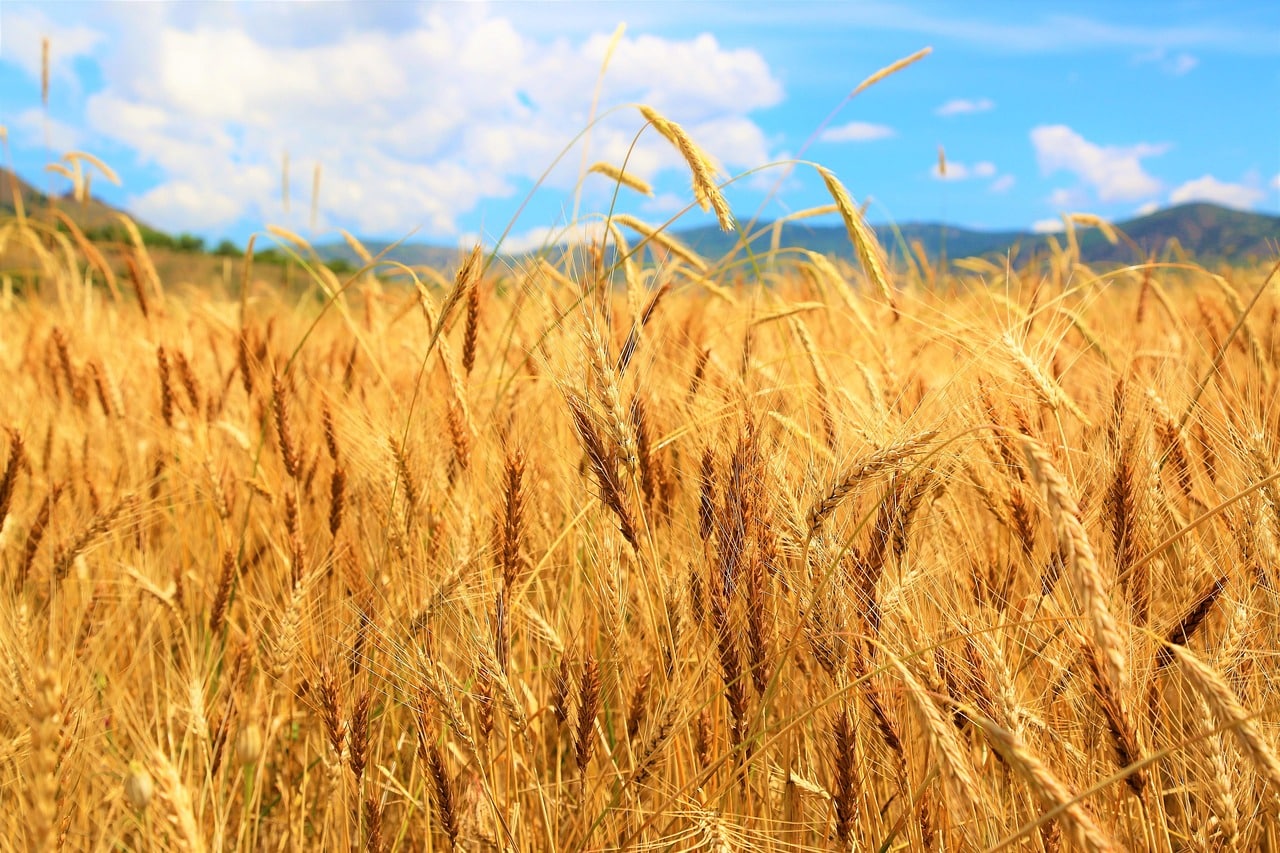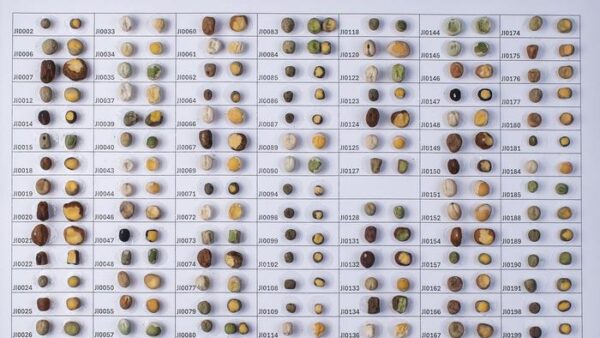The Nordic agricultural sector faces challenges like short growing seasons, unpredictable weather, and emerging pests and diseases. Developing new plant varieties to tackle these issues requires time and resources, which is why public and private sectors in the Nordic Region collaborate through the Nordic Public-Private Partnership (PPP) for pre-breeding. In the current 2024-2026 project period, four PPP projects are underway.
One such project, “CResWheat II,” aims to develop spring wheat varieties suited to the Nordic region, resilient to climate change, pests, and diseases. In Phase I (2021-2023), the project evaluated 190 European wheat cultivars and Nordic breeding lines across 20 field trials in four countries.
This testing identified wheat lines with variations in flowering time, disease resistance, and tolerance to pre-harvest sprouting. Phase II focuses on introgressing traits like disease resistance and tolerance to pre-harvest sprouting into spring wheat varieties adapted to Nordic conditions, according to a press release.
Unexpected and Unwelcome Fly
“An additional interesting development is that we lately have seen repeated occurrences of gout fly (Chlorops pumilionis) infestation in spring wheat,” said project leader Therese Bengtsson, Associate Professor at the Swedish University of Agricultural Sciences (SLU). “Although it was not part of our initial objectives, we recognised it as an emerging concern, and in phase II, we are exploring old landraces and cultivars to uncover new sources of resistance. This issue is particularly urgent, as there is currently no known resistance or tolerance to the pest and only limited chemical control options are available.”
Another PPP project focused on cereals is “RobOat.” To date, the project has assembled a panel of 259 oat accessions, including NordGen core sets, PanOat genotypes, Nordic Seed varieties, and rust differential lines based on prior research. This collection was propagated in Alnarp by NordGen. The project has begun investigating critical growth stages for drought and waterlogging stresses in oats, aiming to optimize phenotyping methods for drought resistance. It also seeks to identify Nordic oat cultivars and breeding lines with varying responses to temperature and precipitation. In 2025, field activities will continue, testing oat resistance to drought, waterlogging, crown rust, and semi-loose smut.
“We are really looking forward to the coming growing season and the first real field trials,” said Project Leader Marja Jalli, Group Manager and Senior Scientist at Natural Resources Institute Finland (Luke). “The project brings together the diverse oat expertise of the Nordic countries in a comprehensive way. We will learn about the behaviour of the oat material under different stress conditions, which are predicted to increase with climate change.”
Berries and Potatoes with Disease Resistance
The BERRIES project aims to develop strawberry and raspberry germplasm for Nordic and Baltic breeding. Key activities so far include collecting multi-trait phenotypic data from reconstructed garden strawberry material and preparing pollen and seed for sharing with project partners. Additionally, a core set of 188 unique raspberry clones from the Nordic-Baltic collections has been identified to represent the gene pool. These clones have been genotyped and are currently being phenotyped.
“An inoculation trial has also been carried out comparing isolates of different fungi causing black root rot in raspberry, as a preparation for further experiments where a range of cultivars will be tested in search for resistance sources,” says Dag Røen, Breeder and Project Leader at Njøs Fruit and Berry Centre.
The final project, “SustainPotato II,” builds on the previous period’s work with a focus on developing more robust and competitive Nordic potato varieties. The main goal is to improve disease resistance, particularly against late blight (Phytophthora infestans), in potato breeding across the Nordic region. Additional project components include studying plant microbiome interactions and advancing predictive breeding strategies.
“Late blight threatens Nordic potato production,” said Project Leader Aakash Chawade, Associate Professor at Swedish University of Agricultural Sciences (SLU). “Therefore, identifying resistance genes in collaboration with breeding entities is crucial. During 2024, the work on late blight resistance proceeded as planned with genotyping, phenotyping and field trials at Danespo, Graminor, METK and SLU, just to mention some of the project activities.”
The PPP for pre-breeding is funded by the Nordic countries through the Nordic Council of Ministers as well as the plant breeding entities. The budget for the project period 2024-2026 is in total SEK 60,9 million (26,9 million from the Nordic countries and 34 million from the plant breeding entities). The PPP secretariat is placed at NordGen.













